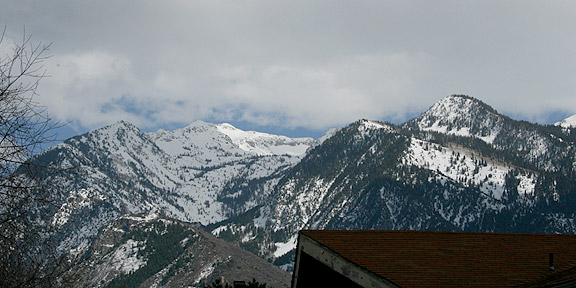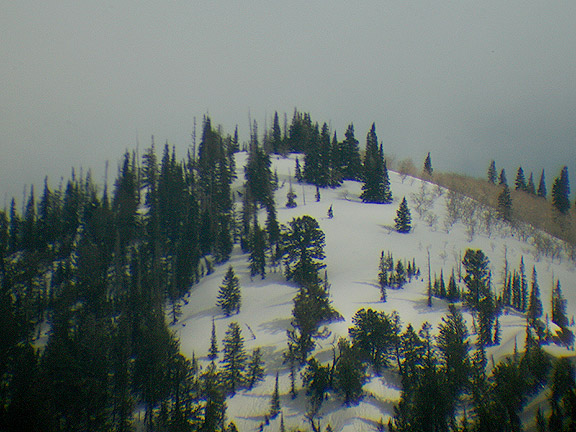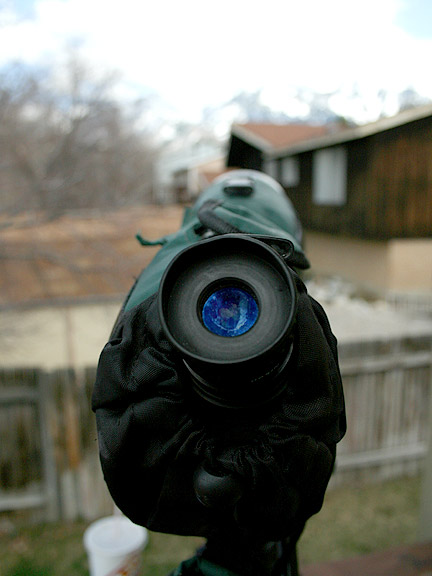SHAME ON YOU EBIRD.
Let me start by saying that I don't know how true the rumor is, and that my sources will remain unnamed. What I can say is I find this to be ridiculous! If you have read my previous posts you are aware of my perception of the records committee. It has been at least 3 or 4 years since I submitted a record, and I have no plans of doing it going forward. For those in support of the committees, more power to you, I think it's great that you use them as an archive of sightings. What I don't like the idea of is eBird basically not including valid sightings because the person submitting the list doesn't see the need, doesn't know about, or doesn't care to submit a record to a state bird records committee. This seems to defeat the purpose of having the eBird reviewer even do their job. At that point why not appoint the records keeping to the state committee?
Bollocks I say! eBird this is for you from me. If you do this, there is a good chance I will stop using the program to submit my records. I will go back to using a spreadsheet and Microsoft Excel. It is absurd to think that valid data wouldn't be included based off this ridiculous idea.
Why isn't eBird being proactive in coming up with their own committee? When I create a checklist, I am giving you the ID of the birds I observed, a time, a place, and notes if I see fit. I can even include a link to a photo. If eBird is worried about how valid some records are, and having something relate to an archive, why not, create a form for more information when a rare bird is flagged in the system?
I see where eBird is trying to go with this, in that a data point submitted by me has no other information regarding the sighting. But is it better to completely dismiss that even when correct that to include it and at least have the data that is provided? It seems to me that some information is better than none--and none is surely doing a disservice to the countless 1,000's who submit data, use the database to derive information, and to future generations who are trying to learn more about birds from what is the biggest database of information regarding bird sightings int he world.
eBird, I surely hope this isn't true. If it is, I am shaking my head in disappointment. I outlined a basic solution to the problem. It will require adding some features--but those features would not only improve the quality of the data, but give the database more of an archive feel with the records that are noteworthy. So eBird, what's going on? Would anyone care to comment on the situation?
Labels: commentary, eBird, listing, rare birds























